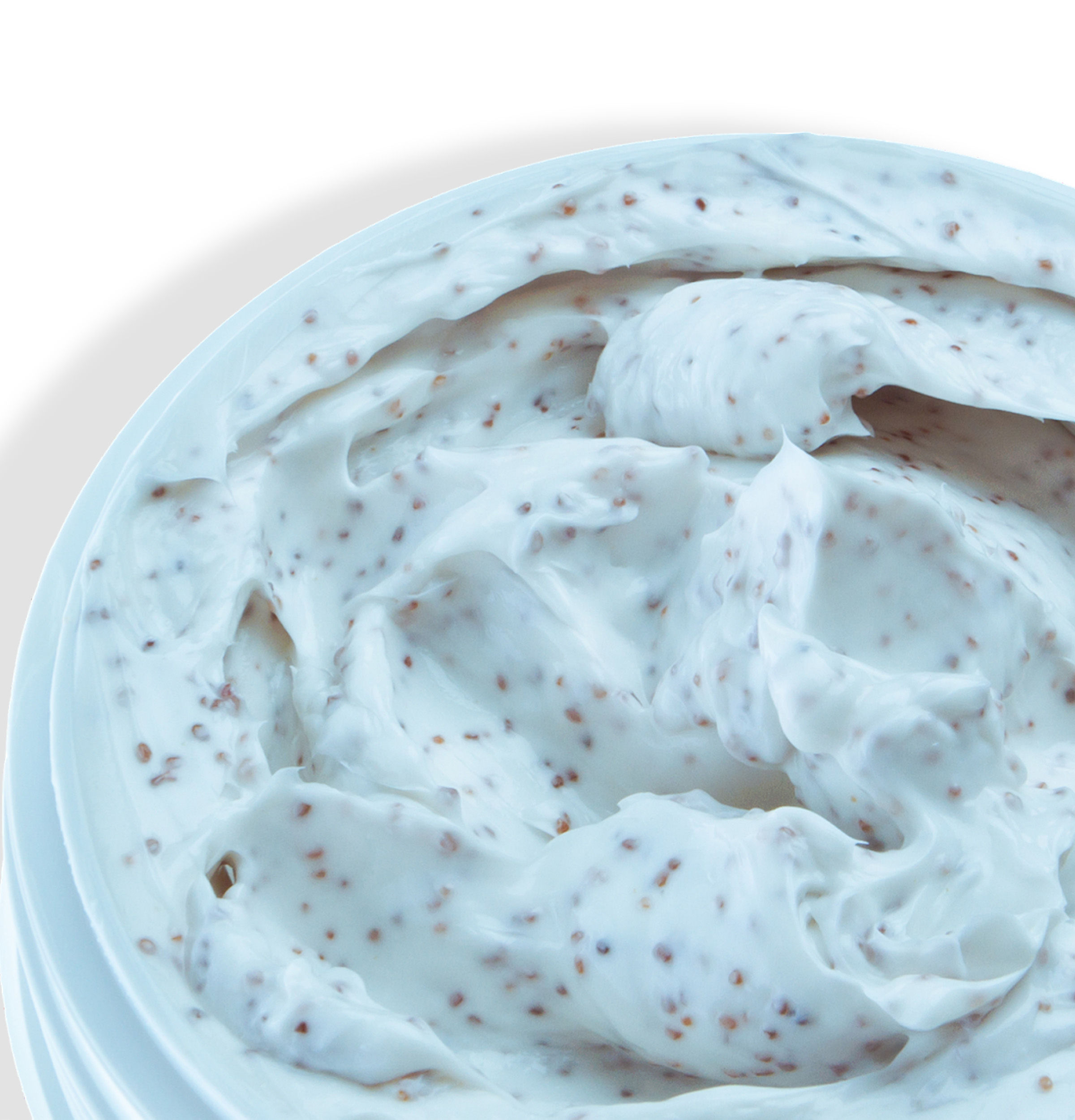Microplastics in the environment: tiny particles, huge problem

Microplastics are everywhere – in the air we breathe, in our oceans and soils, and in the water (and beer!) we drink.1 These small plastic particles (<5mm in size) are the topic of a growing body of research that seeks to quantify the problem and impact of their prevalence. Despite the fact that plastic is the most prevalent type of debris found in the ocean and in the air, not much is currently known about how the presence of these particles will impact human and environmental health.2 The primary concerns lie in the potential for these microplastics to accumulate in organisms, cause obstruction and inflammation, and in their ability to serve as a carrier for heavy metals, pathogens, and endocrine-disrupting chemicals like BPA3.4.
Watch the video below for a quick overview of the microplastics problem in our oceans:
There are myriad sources of microplastics that end up in the environment, including:
- Car and truck tire pieces
- Clothing fibers (shed during from machine washing)
- Cosmetics
- Fishing gear
- Water bottles
- Plastic bags
The problem is growing – recent publications indicated that measured levels exceed previous estimates and span the entire globe.5,6
So what can we do about to mitigate this world-wide concern?
As individuals, we can reduce our personal contribution to plastic pollution by making different purchasing decisions – buying products that use less packaging, choosing non-plastic water bottles, remembering our reusable bags at the grocery store, and buying wool clothing instead of synthetics.
Just as staying aware of the effects of our individual decisions is important, we should support the continuation of scientific research exposing the full effect of microplastics globally. Further research can improve analytical methodologies for measuring levels of microplastics in the environment and shed light onto the real impact this has on human health.7
References
Kosuth, M., Mason, S., & Wattenberg, E. (2018). Anthropogenic contamination of tap water, beer, and sea salt. PLOS ONE, 13(4), e0194970. doi: 10.1371/journal.pone.0194970
What are microplastics?. (2019). Retrieved from https://oceanservice.noaa.gov/facts/microplastics.html
Anderson, J., Park, B., & Palace, V. (2016). Microplastics in aquatic environments: Implications for Canadian ecosystems. Environmental Pollution, 218, 269-280. doi: 10.1016/j.envpol.2016.06.074
Prata, J. (2018). Airborne microplastics: Consequences to human health?. Environmental Pollution, 234, 115-126. doi: 10.1016/j.envpol.2017.11.043
Hurley, R., Woodward, J., & Rothwell, J. (2018). Microplastic contamination of river beds significantly reduced by catchment-wide flooding. Nature Geoscience, 11(4), 251-257. doi: 10.1038/s41561-018-0080-1
Global microplastic spread revealed | Mirpuri Foundation. (2019). Retrieved from https://mirpurifoundation.org/mirpuri-news/volvo-ocean-race-2017-18/global-microplastic-spread-revealed/
Focusing on microplastic in honey or beer masks a much bigger problem. (2019). Retrieved from https://phys.org/news/2018-05-focusing-microplastic-honey-beer-masks.html
- Most Viewed Blog Articles (5)
- Company News (285)
- Emerging Technologies (64)
- Microbiology and Life Science News (93)
- Water and Fluid Separation News (97)
- Filtration Resources (93)
- Product News (19)


![Join Sterlitech at BIO 2024 [Booth #5558]: Exploring the Future of Biotechnology](https://www.sterlitech.com/media/blog/cache/300x200/magefan_blog/b4.jpeg)



